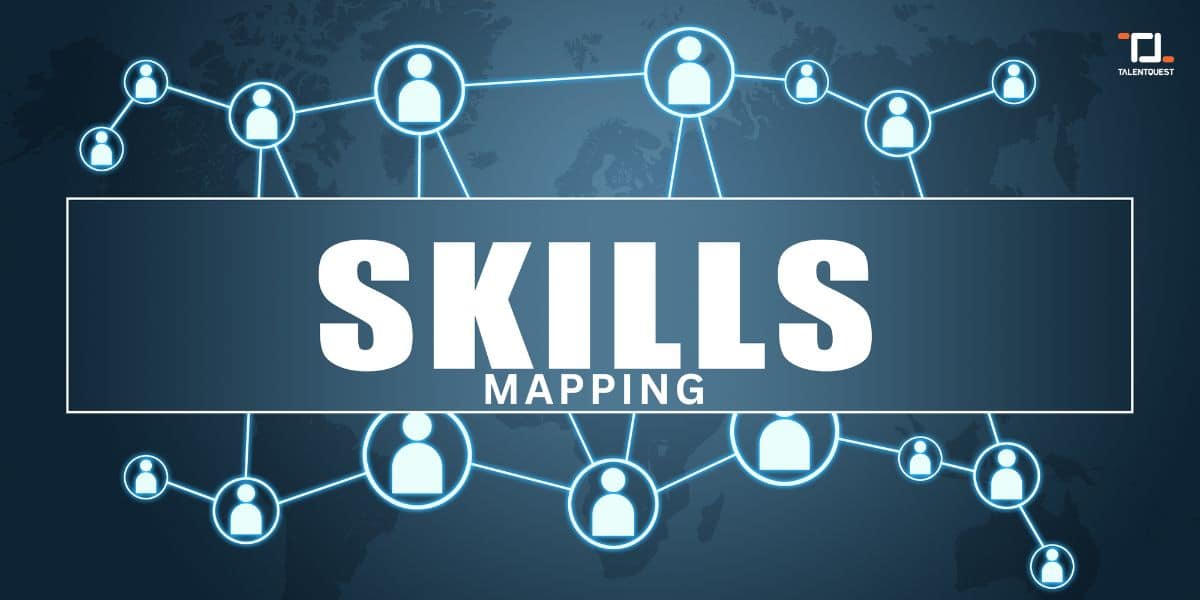
Skills Mapping: A Strategic Approach to Unlocking Company Success
The key to staying competitive lies not only in having the right products and services but also in harnessing the skills and talents of your workforce. This is where skills mapping comes into play. Skills mapping is a strategic process that allows companies to gain a comprehensive understanding of the skills and capabilities of their employees. By leveraging this valuable insight, companies can make informed decisions, drive innovation, enhance collaboration, and ultimately propel their organization toward success.
What is Skills Mapping?
Skills mapping is a systematic approach to identifying, assessing, and tracking the skills and competencies possessed by employees within an organization. It involves creating a detailed inventory of the skills, knowledge, experiences, and certifications held by each employee. This mapping provides a visual representation of the collective strengths and expertise within the workforce.
The Benefits of Skills Mapping:
How Companies Can Use Skills Mapping to Their Advantage:
- Assessment and Inventory: Begin by conducting a thorough assessment of your employees’ skills. Create a skills inventory that captures both technical and soft skills. This could be done through self-assessment, manager feedback, or even skill assessments.
- Identify Skill Gaps: Creating a visual representation of your skills mapping data can aid in identifying gaps. Utilizing tools such as a skills matrix or a skills cloud enables leadership and HR teams to promptly pinpoint areas of both strength and weakness. By analyzing the data, you can identify skill gaps that exist within teams, departments, or the organization as a whole. This process involves singling out skills that are lacking or underrepresented and then comparing them to the skills necessary for current and future roles.
- Tailored Training Programs: Empower individuals to actively pursue learning opportunities that align with their career aspirations. Additionally, capitalize on the insights gained from skills mapping to establish customized training programs. These initiatives can effectively address the identified skill gaps and may encompass a combination of internal workshops, external courses, or mentorship opportunities.
- Align with Strategic Goals: Connect skills mapping with your company’s strategic objectives. Determine the skills required to achieve these goals and ensure that your workforce possesses them or is actively working toward acquiring them.
- Performance Evaluations: Incorporate skills mapping data into performance evaluations. Recognize employees not only for their accomplishments but also for their skill development efforts.
- Succession Planning: Identify potential successors for key roles based on skills mapping data. Provide these individuals with mentorship and growth opportunities to prepare them for future leadership positions.
In conclusion, skills mapping is a powerful tool that empowers companies to leverage the full potential of their workforce. By gaining a clear understanding of the skills available within the organization, companies can strategically align their workforce with their goals, foster innovation, and drive growth. Investing in skills mapping not only benefits the organization but also enhances employee engagement, satisfaction, and professional development. As businesses continue to adapt to the challenges of a dynamic marketplace, skills mapping emerges as a critical strategy for success, ensuring that companies have the right people with the right skills to thrive in an ever-changing world.
